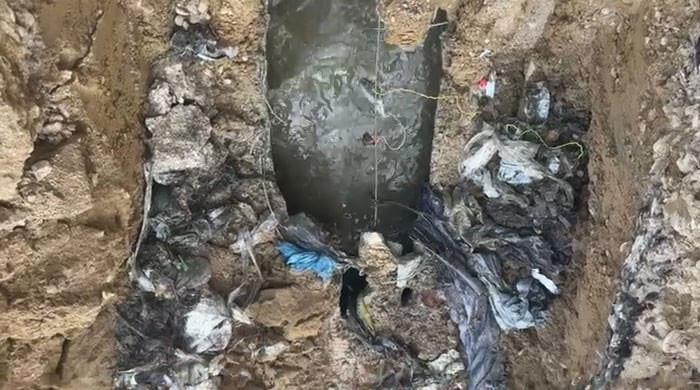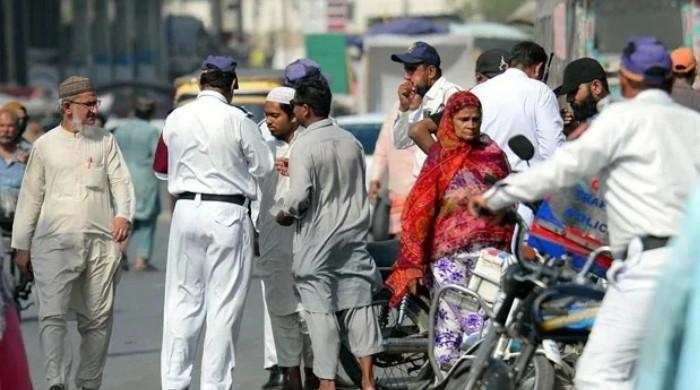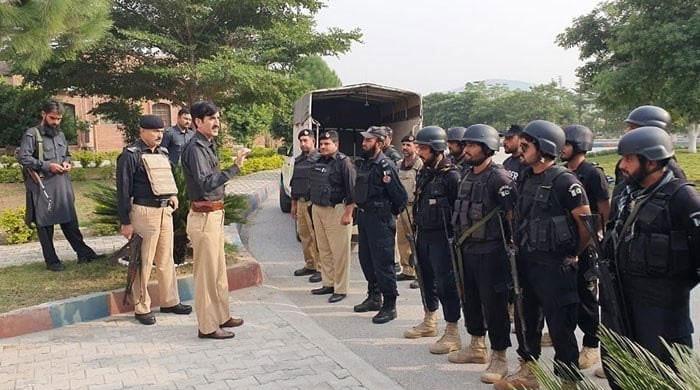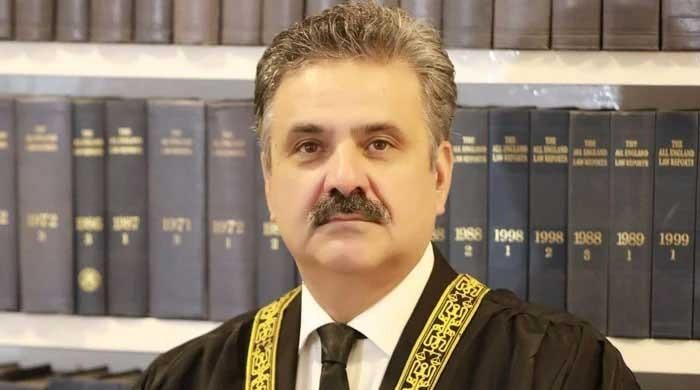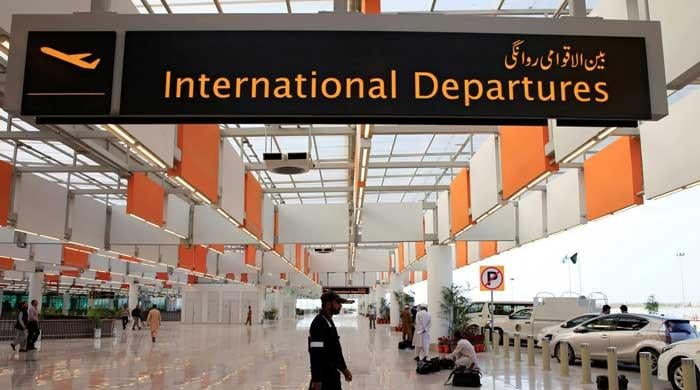Winter woes: Domestic, industrial consumers to face gas shortage
Cabinet Committee on Energy meeting decides supply of gas to 'dedicated' consumers, including power and fertiliser plants, will remain stable
November 12, 2021
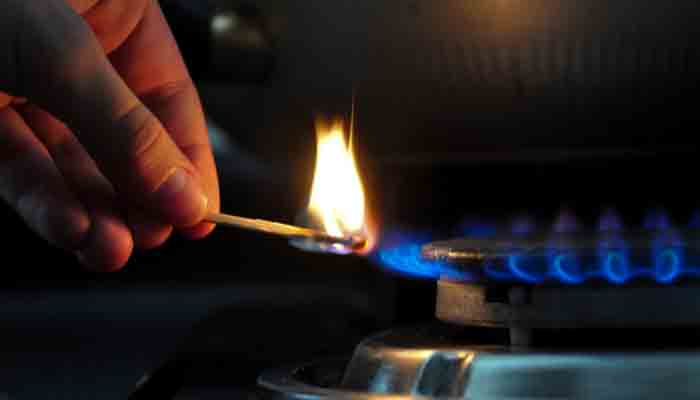
- Government to continue gas supply to power and fertiliser sectors during winter 2021-22.
- This decision was made by the Cabinet Committee on Energy (CCoE) during a meeting on Thursday.
- It was chaired by Federal Minister for Planning and Development Asad Umar.
ISLAMABAD: The Pakistan government has decided to continue gas supply to the power and fertiliser sectors, while domestic and industrial consumers will suffer shortages amid a major gas shortfall in the country during the winter season.
This decision was made by the Cabinet Committee on Energy (CCoE) during a meeting on Thursday which was chaired by Federal Minister for Planning and Development Asad Umar.
The CCOE decided supply of gas to "dedicated" consumers, including power and fertiliser plants, would remain stable, The News reported. The power plants on SNGPL supply will be provided RLNG during 2021-22 with additional supply. The deficit of the power sector will be recouped through furnace oil. Any gas saved from captive power plants will be diverted towards export-oriented industries.
The total availability of gas from domestic resources stands at 3,300 mmcfd, while with the import of RLNG, there is another 1,000 mmcfd gas coming into the system, the publication reported, citing official sources. There is a maximum gas supply available in the range of 4,300 mmcfd against the average demand of 6,500 to 7,000 mmcfd. In the severe winter season, this demand goes up to 8,000 mmcfd.
Why is a gas crisis expected again this year?
Pakistan is expected to be hit by a major gas crisis this year like every year for several reasons, according to official sources.
One of the reasons is that local discoveries of gas have witnessed a dip, so the domestic gas reserves are depleting, the sources explained, adding that the local gas supply stood at 4,300 mmcfd a few years back but now it has depleted and stands at 3,300 mmcfd.
The import of RLNG also faced snags and Pakistan used to add 1,200 mmcfd gas through RLNG a few years ago, but is now going to add just 1,000 mmcfd of gas.
“There is a need to ascertain why two RLNG terminals could not be set up. If they were there, the country could have imported 1,200 mmcfd more gas through RLNG,” the official sources said.
CCoE's official statement
According to the official statement issued after the CCOE meeting, the Oil and Gas Regulatory Authority (OGRA) presented the status of revision in the rules regarding punitive measures and fines during the meeting.
The meeting was informed that fines will be imposed for non-compliance with the license conditions and violation of OGRA rules by the licensees.
The fines have been revised for licensees across the petroleum value chain. The maximum penalty against major violations is starting from 10 million to 500 million.
The CCoE directed OGRA to consider additional measures for illegal gains and fraudulent activities of the licensees. OGRA was directed to send the summary to the Cabinet Division within two weeks to implement the changes as soon as possible.
The OGRA also presented the report on the establishment of a monitoring system for the sale of petroleum products. The CCoE directed OGRA to implement end-to-end automation and digitisation of reporting to account for all transactions in future and have accurate data collection. The Petroleum Division and OGRA will jointly develop a strategy for the automation of data collection and digitisation of transactions across the value chain.
The Petroleum Division presented the projected natural gas supply and demand position in the country for the coming winter.
During the meeting, the SNGPL also shared a month-wise scenario of supply and demand in the north of the country.
The CCoE directed the Petroleum Division to present a detailed impact analysis of different policy options for developing the Gas Load Management Plan for the winter of 2021-22 in the next meeting.




